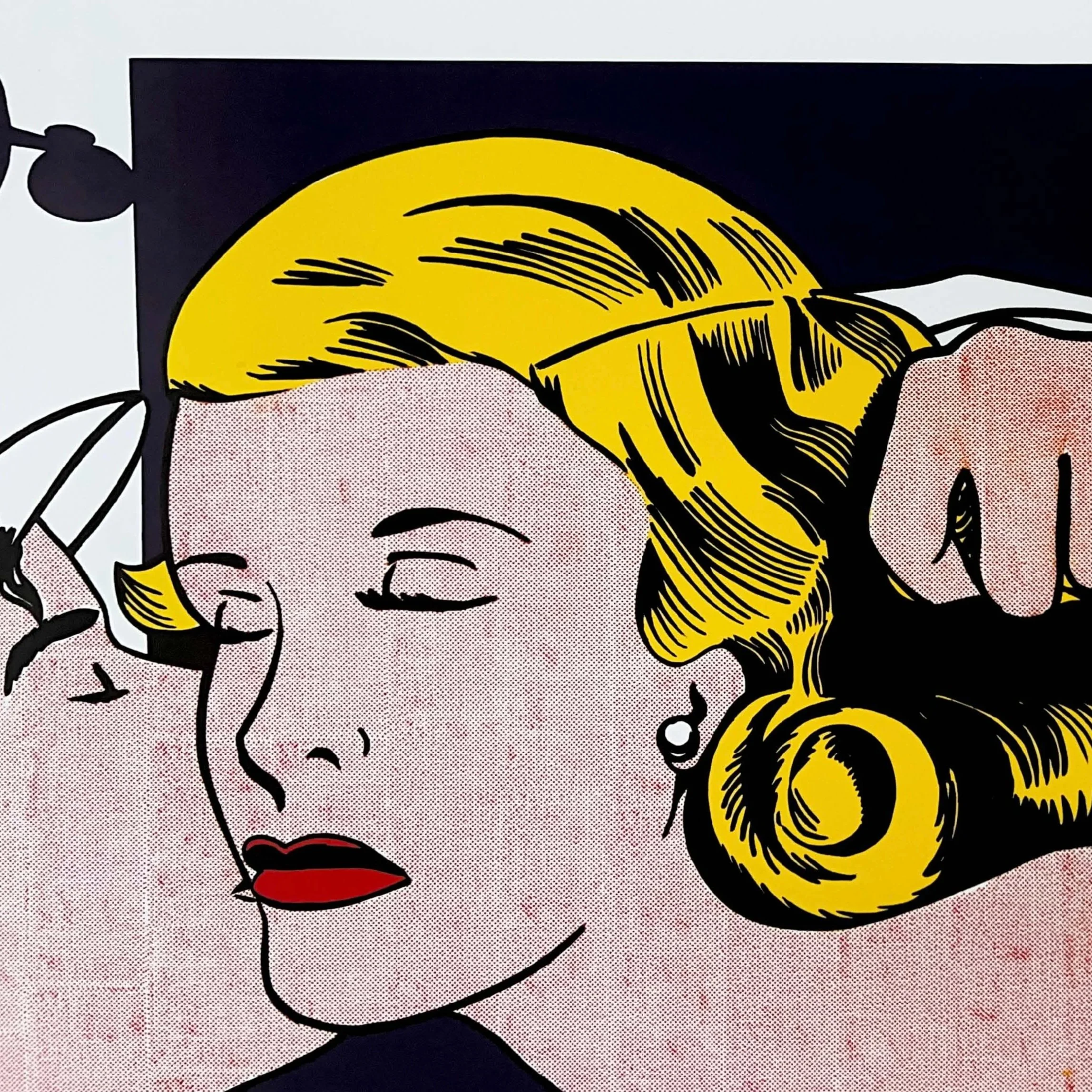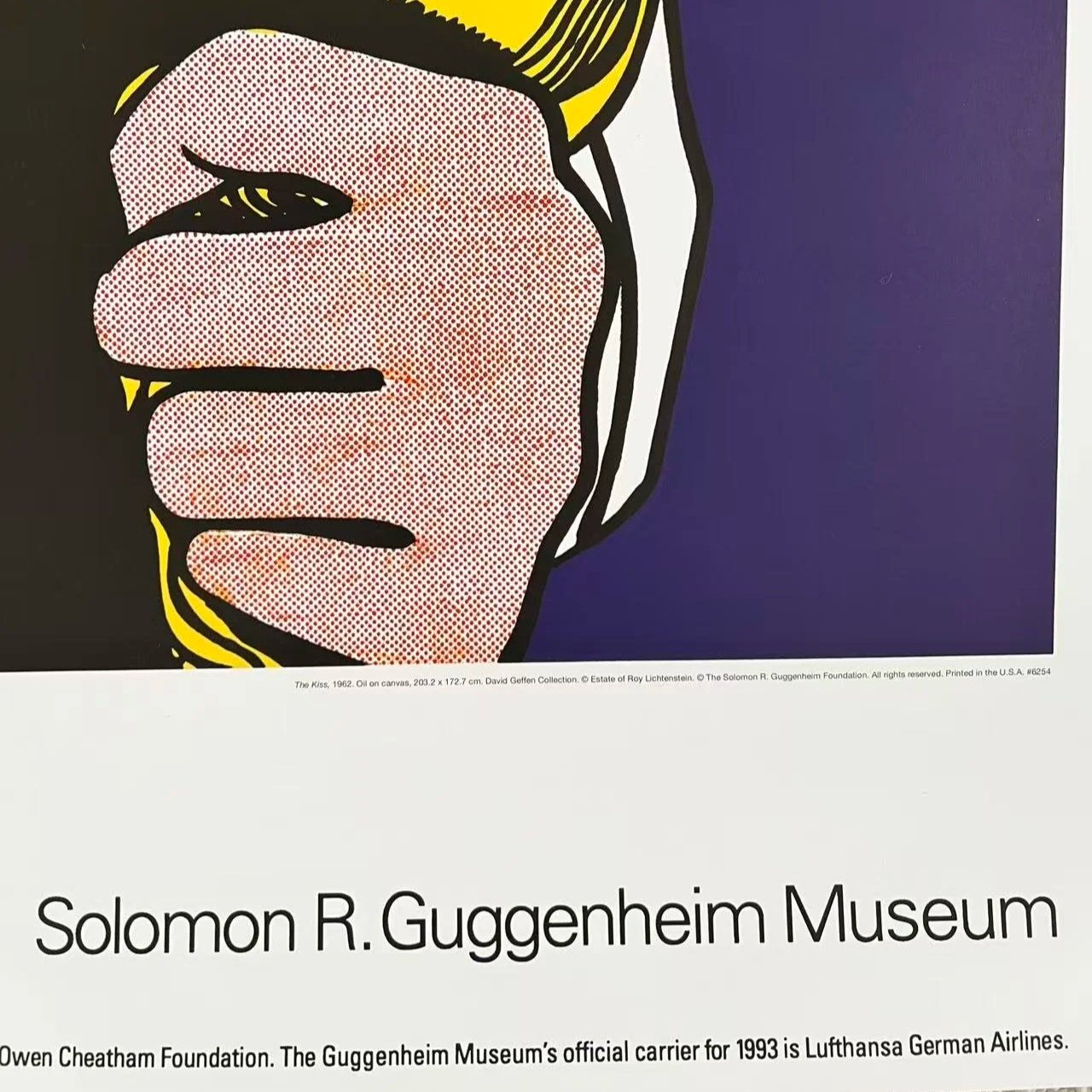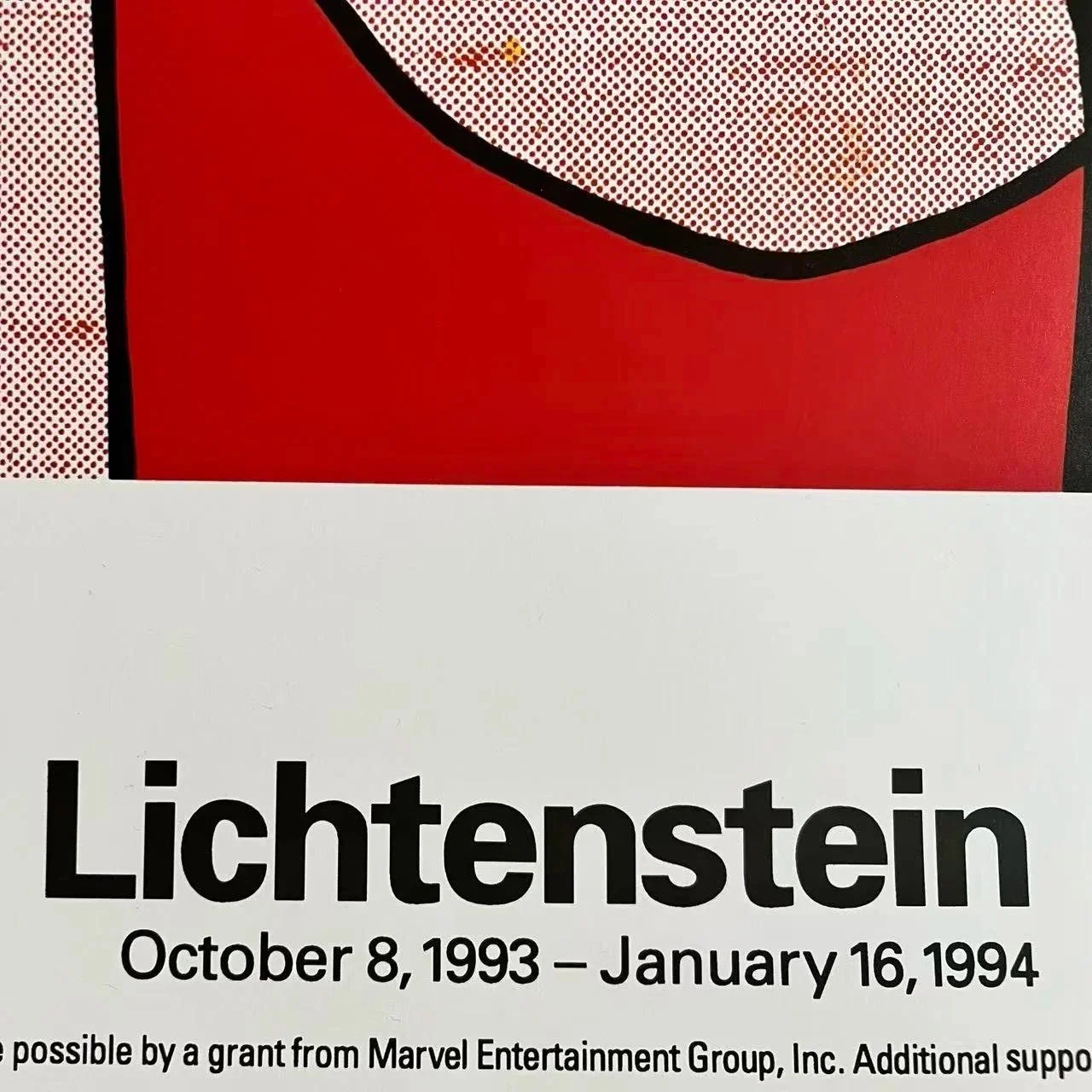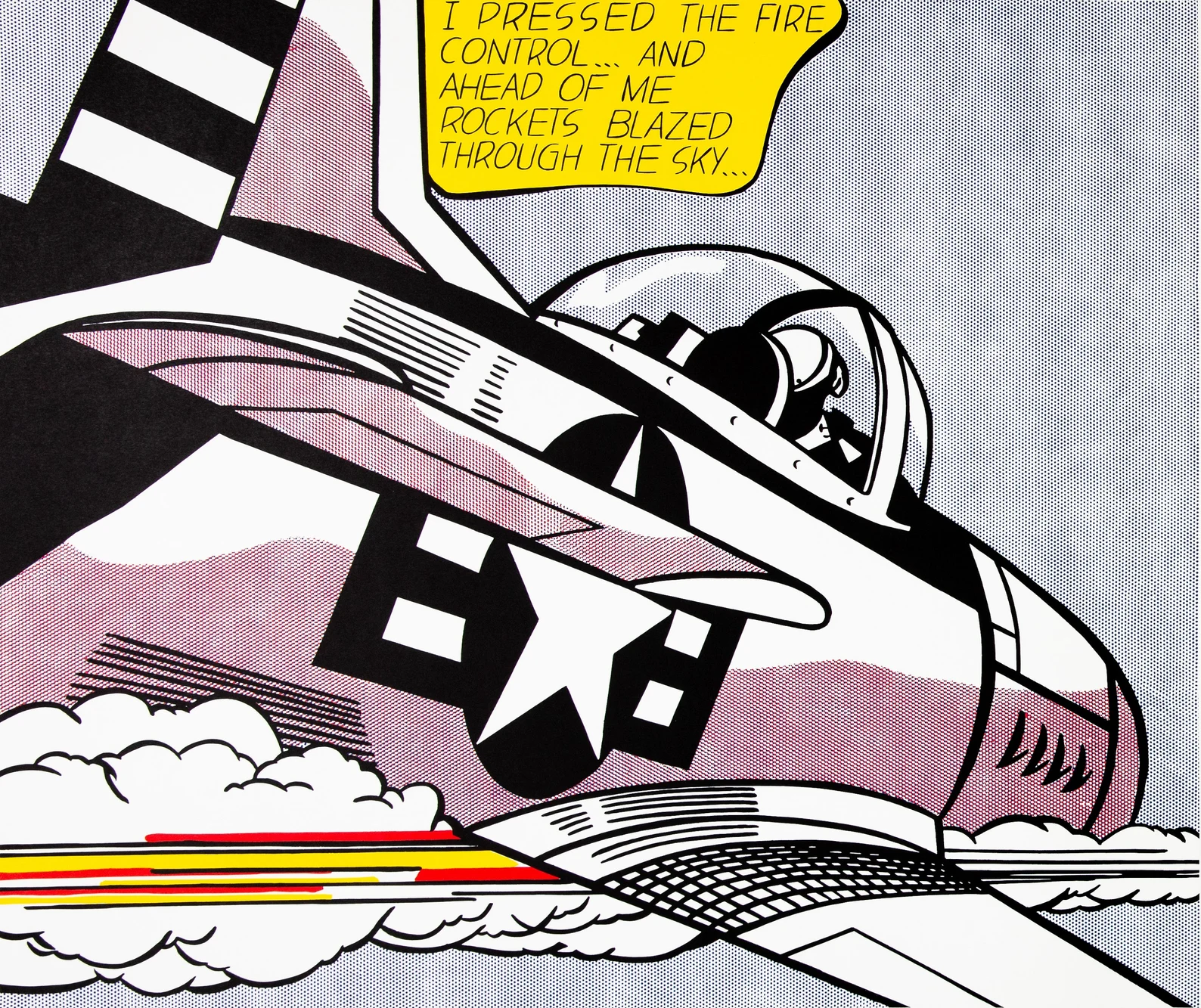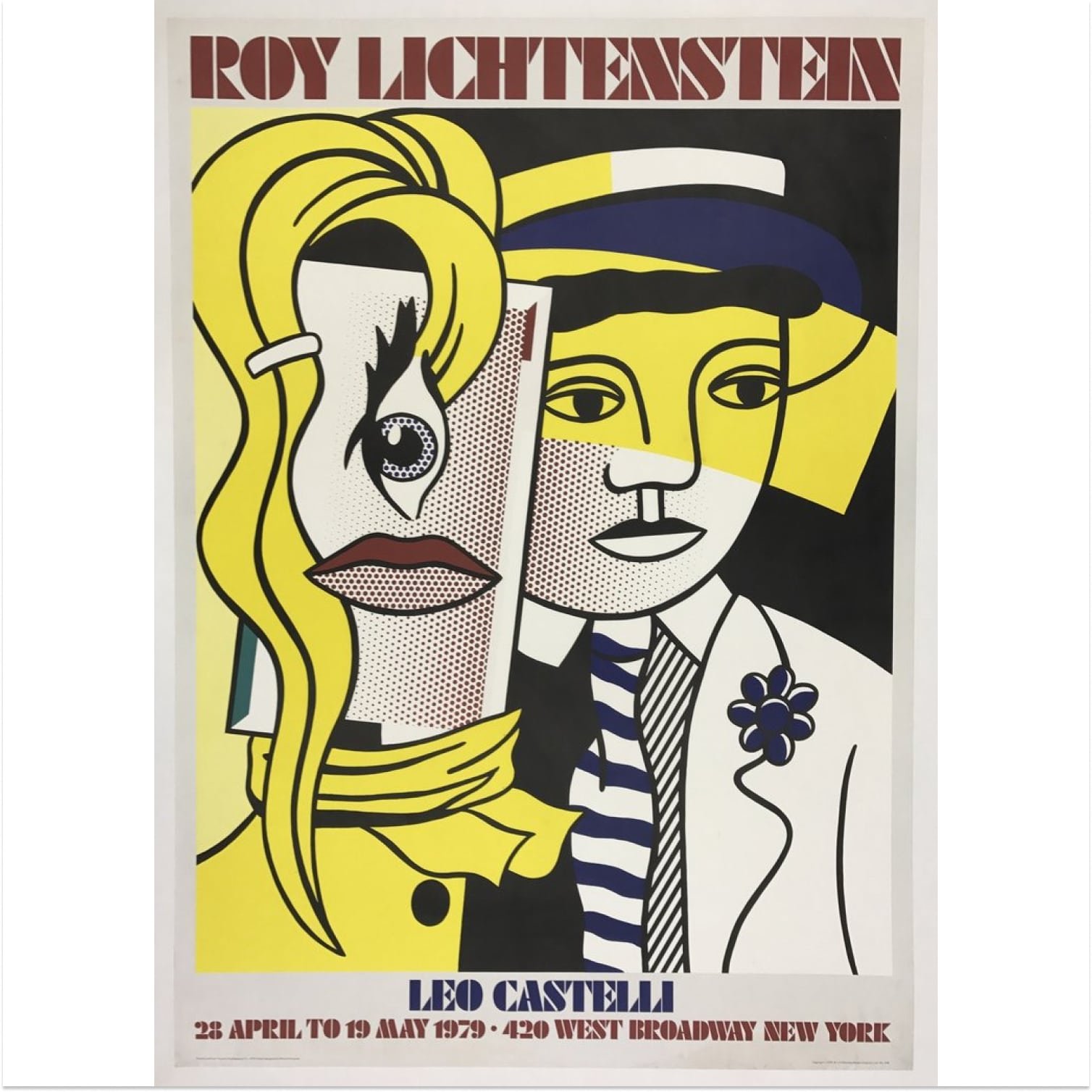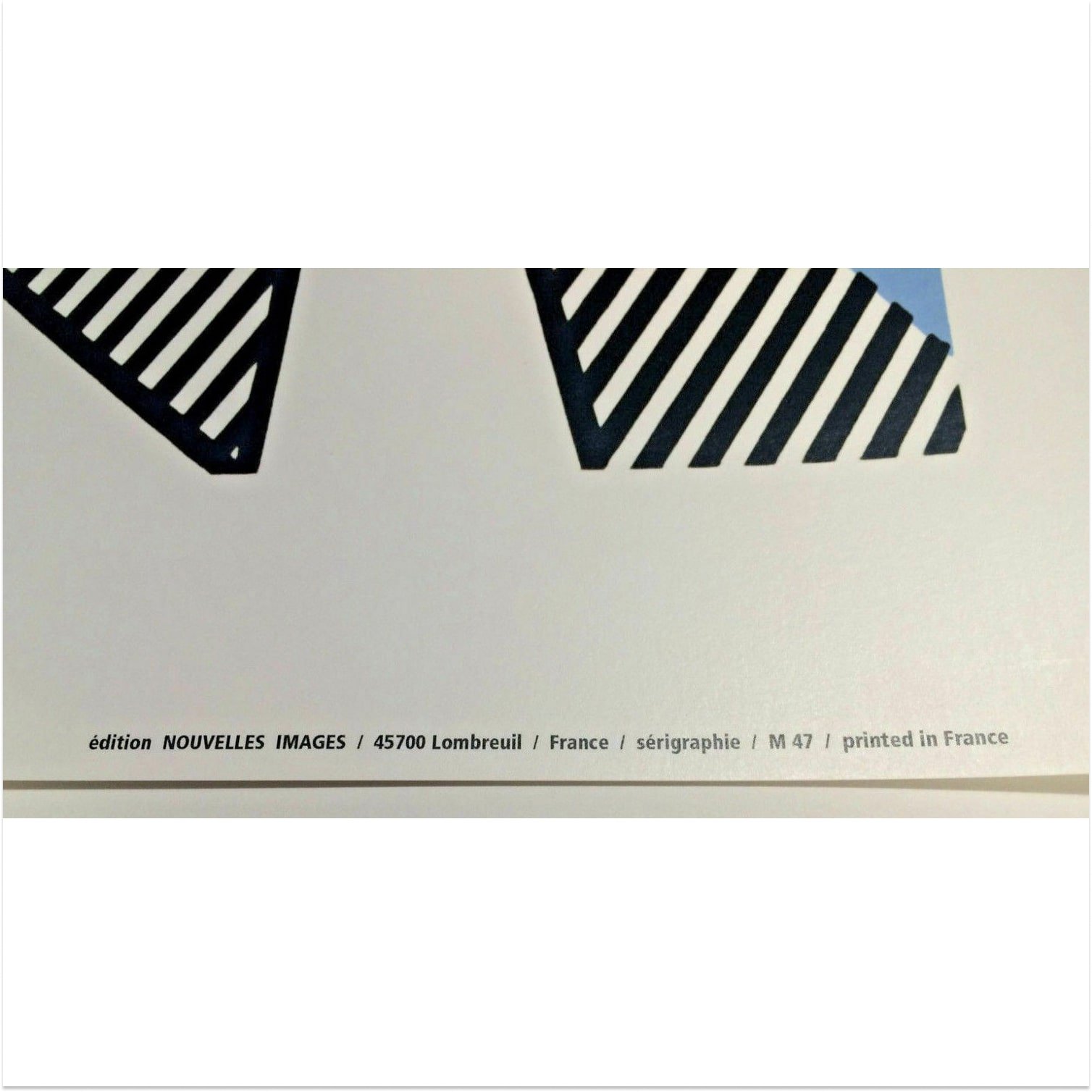 Image 1 of 4
Image 1 of 4

 Image 2 of 4
Image 2 of 4

 Image 3 of 4
Image 3 of 4

 Image 4 of 4
Image 4 of 4





Roy Lichtenstein | PAPER PLATE (1969)
1969
Screen print on paper table
25,4 cm / 10 in
✔ Limited edition
✔ Stamped on back
One of the most revered and successful multiples in art history, Roy Lichtenstein's "Paper Plate" is exactly what it sounds like - a literal paper plate. Originally sold in packs of 10 and packaged in cellophane, these items were intended for everyday use.
But why did Lichtenstein create it?
The paper plate was commissioned by Bert Stern, a prominent fashion and advertising photographer, for his trendy New York boutique, "On First Store". Situated in Manhattan, Stern's vision was to collaborate with renowned fashion designers and artists to produce stylish yet affordable items for both home and wardrobe. Unfortunately, the boutique's lifespan was short-lived, leaving many of these plates undistributed.
So, is this just tableware?
Indeed, it's now considered perhaps the most extravagantly priced disposable tableware one could possess. Moreover, it stands as a striking example of ephemeral multiples.
But why did Lichtenstein agree to such a project?
In 1969, Lichtenstein occupied a revered status in the art world. There's a certain irony in him affixing his signature to an everyday, mass-produced item. Through his distinctive use of swirling primary colors and Ben-Day dots, he transformed this mundane household object into a piece of art. Many interpreted the work of Pop artists, particularly Lichtenstein, as a critique of consumer culture, where everyday items are elevated to the status of high art, thereby emphasizing art's inherently commodified nature.
Who owns one?
These paper plates have found their way into numerous major art collections worldwide, including the Tate Modern in London and the MoMA in New York City. Due to their rarity, surviving plates from 1969 are highly sought after by collectors.
FREE SHIPPING WORLDWIDE
1969
Screen print on paper table
25,4 cm / 10 in
✔ Limited edition
✔ Stamped on back
One of the most revered and successful multiples in art history, Roy Lichtenstein's "Paper Plate" is exactly what it sounds like - a literal paper plate. Originally sold in packs of 10 and packaged in cellophane, these items were intended for everyday use.
But why did Lichtenstein create it?
The paper plate was commissioned by Bert Stern, a prominent fashion and advertising photographer, for his trendy New York boutique, "On First Store". Situated in Manhattan, Stern's vision was to collaborate with renowned fashion designers and artists to produce stylish yet affordable items for both home and wardrobe. Unfortunately, the boutique's lifespan was short-lived, leaving many of these plates undistributed.
So, is this just tableware?
Indeed, it's now considered perhaps the most extravagantly priced disposable tableware one could possess. Moreover, it stands as a striking example of ephemeral multiples.
But why did Lichtenstein agree to such a project?
In 1969, Lichtenstein occupied a revered status in the art world. There's a certain irony in him affixing his signature to an everyday, mass-produced item. Through his distinctive use of swirling primary colors and Ben-Day dots, he transformed this mundane household object into a piece of art. Many interpreted the work of Pop artists, particularly Lichtenstein, as a critique of consumer culture, where everyday items are elevated to the status of high art, thereby emphasizing art's inherently commodified nature.
Who owns one?
These paper plates have found their way into numerous major art collections worldwide, including the Tate Modern in London and the MoMA in New York City. Due to their rarity, surviving plates from 1969 are highly sought after by collectors.
FREE SHIPPING WORLDWIDE







